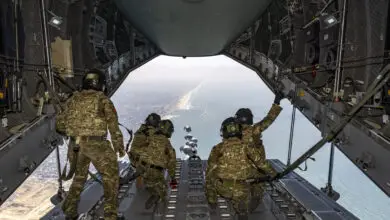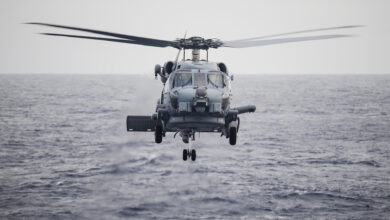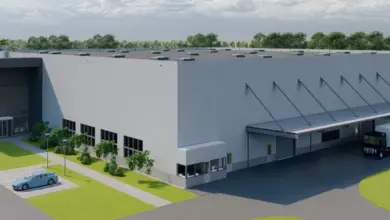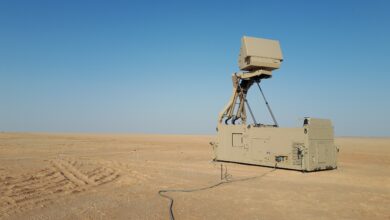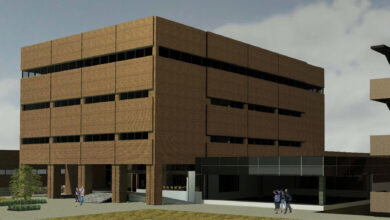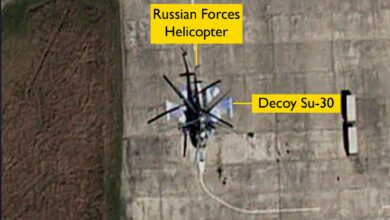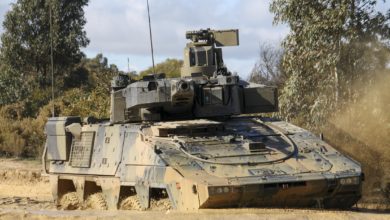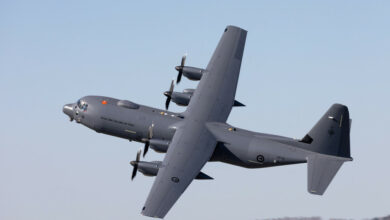US Air Force Begins Avionics Revamp for C-130H Hercules Fleet
The US Air Force has started the transition of its C-130H Hercules avionics from an analog to a digital configuration.
The upgrade replaces the tactical transport aircraft fleet’s avionics and navigation systems that have been operational for nearly six decades.
It also supports requirements stipulated under the US National Defense Strategy to revamp the C-130H legacy capabilities.
Alongside the integration of advanced technologies, the transition includes aircrew training for the new avionics.
Following the update, the US Air National Guard and Air Force Reserve Command Test Center will facilitate operational tests in Little Rock, Arkansas.
From Analog to Digital
Systems covered by the transition include flight management systems, engine instruments, large glass multifunctional displays, autopilot, terrain awareness, and warning systems.
Work for the effort is led by the 417th Flight Test Squadron at Eglin Air Force Base, Florida.
More than 50 US Air National Guard and 20 Air Force Reserve units are expected to receive the updates over the next five years.
Each modernization per aircraft will cost approximately $7 million, according to the air force.

“This modification completely changes the interface for the crew to employ the C-130H,” 417th Flight Test Squadron Experimental Test Pilot Maj. Jacob Duede stated.
“Aircrew essentially had to print the directions before flying and then type the information in using latitude and longitude or use ground-based navigation aids.”
“This new mod is the newest GPS navigation with a by-name search function and autopilot, all built into the aircraft.”
Improved Flight Plans, Accessibility
Among the advantages of the new C-130H digital avionics are the rapid flight plan adjustments and coordination with air traffic control.
“Depending on the proficiency of the crew, this could take 30-45 seconds or two to three minutes,” the pilot explained regarding the older avionics setup. “Either of which is a long time when in the air moving at four miles per minute.”
“The new process is as quick as the first step of the old process. You just identify the point on the moving map, grab it and execute the flight plan,” Duede added.

Another key benefit of the digitization program is the on-screen availability of situational awareness tools that were previously accessible through external computers.
“This is much larger than just a software or hardware upgrade. It’s reconstructing and modernizing the aircraft’s entire cockpit area,” Duede said.



